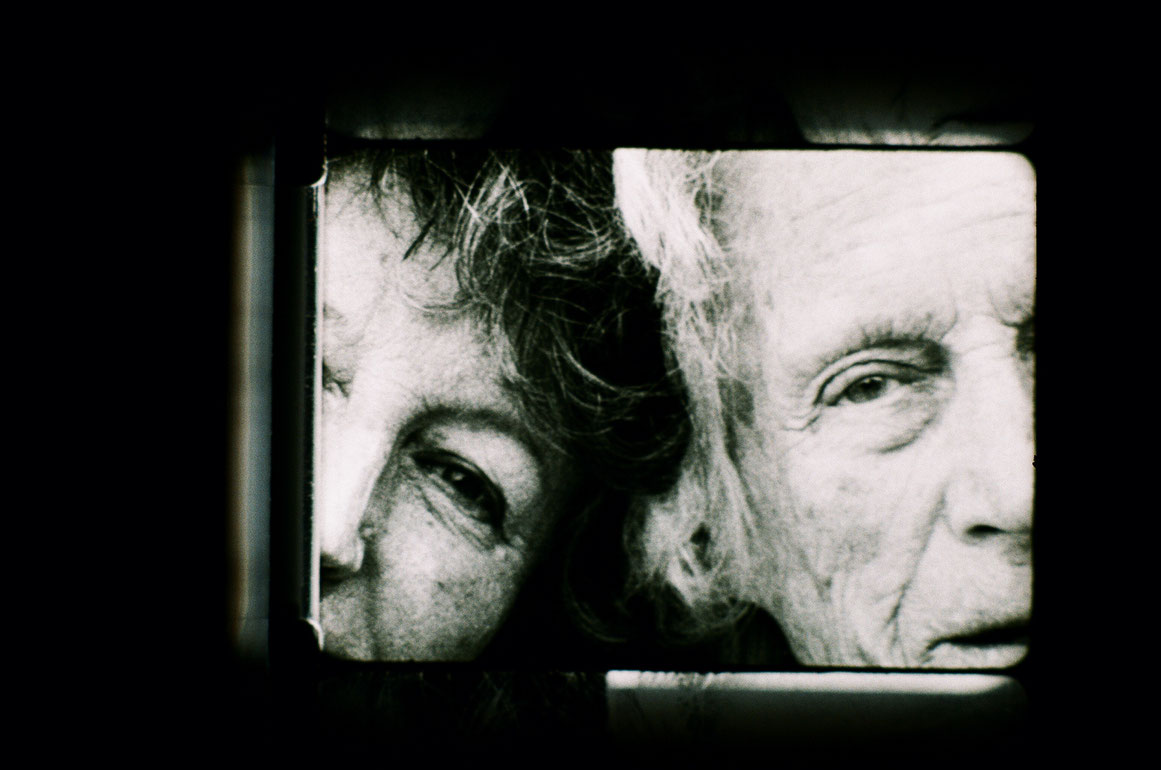Griselda and Natalia
Parts of a boat can be seen, passersby walk through the image—no one notices the camera. Two women sit on white benches in the afternoon sun, their heads are turned toward one another; the one mirrors the posture of the other. Griselda Armstrong and Natalia Adam, clearly a generation apart, are the film’s protagonists. The older woman leads us with slow steps to her private spaces, where the chaotically touching arrangement of a cup collection or a still life of preserving jars, chairs, flowery patterns, and papers supplement the cinematic portraiture filming distinctive for Friedl vom Gröller. But also the individuality of a living environment does not make a personality tangible beyond preferences and habits. A book cover, probably shot in this setting, forms the leader to the black-and-white film: The Six Month Kingdom – Albania 1914. The author, Duncan Heaton-Armstrong, Irish captain in World War I, might be related to the film’s protagonists, although that can only be speculated on by virtue of the overlapping of the names. A final double portrait thus provides all that much more illustration of the two women’s relationship: the camera captures their facial features fragmentarily like in a photo booth; we suspect a quiet communication. In the end credits, the gap to the present day is bridged: “Cameron breaks from holiday for emergency Ukraine Talks”—a headline from the Londoner Standard 2014. The double portrait framed in this way touches us not only by virtue of the supposed authenticity and fragility of the protagonists. Through the leader and end credits, and the charged relationship of public and private spaces, the film illustrates how history captured in the media is also inscribed in individual destinies.
(Sarah Alberti)
Translation: Lisa Rosenblatt
Griselda und Natalia
2014
Austria
3 min

